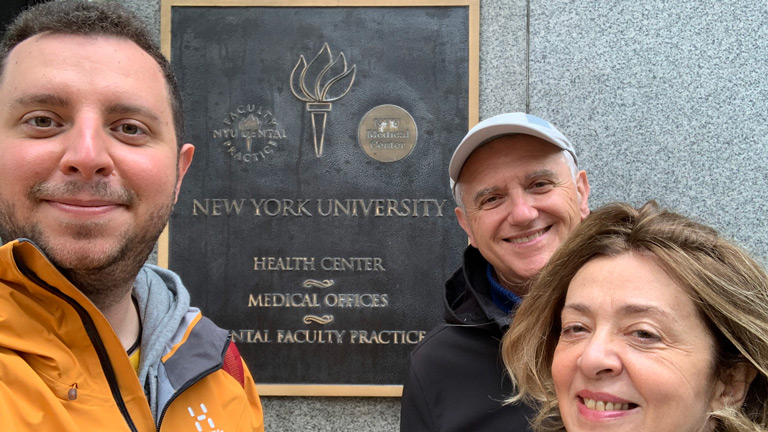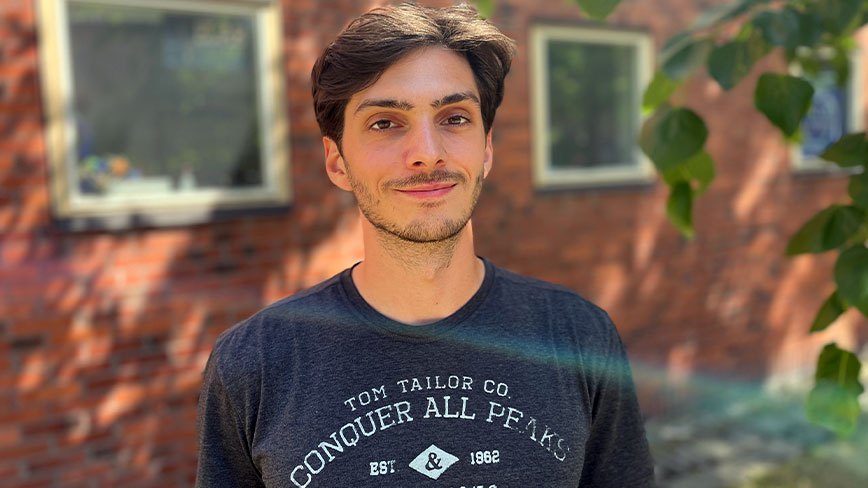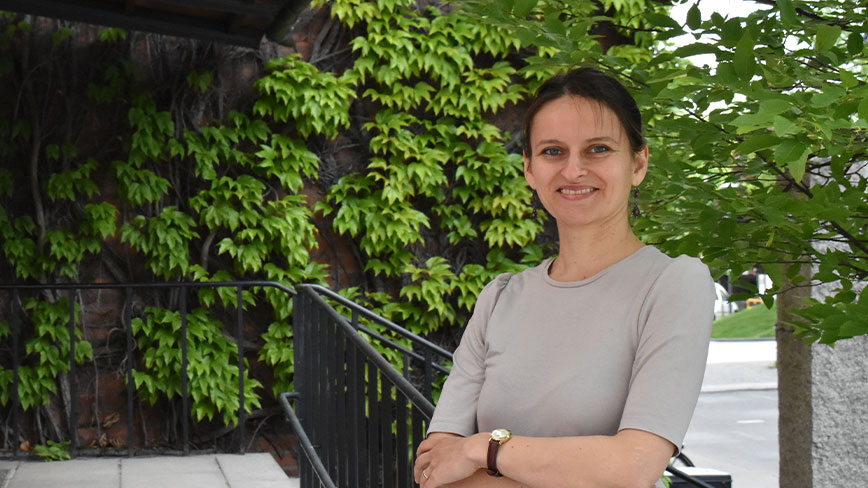The visit to NYC gave him new colleagues and new insights for his research

A desire to strengthen his knowledge, meet new people, and create new connections for his research led Corrado Capriata to a seven-month research exchange.
A 7-month-long exchange in the USA
When Corrado Capriata got the idea to get some new experiences and another view of his work, his supervisor, Gunnar Malm, gave him some options worldwide. Corrado’s choice, New York City, ended up being the most appealing option, as he had already been in Asia but never in the United States.
“I was extremely grateful for the warm welcome I received at New York University (NYU). They tried their best to make me feel at home,” he says.
After a couple of months, he felt wholly integrated into the research group, which helped him understand the importance of regular meetings and trust in the other partners. He also brought back a lot of knowledge, as the group who hosted him was a part of the applied physics department.
“So I could easily explore concepts and theories that we aren’t as familiar with here at EES division,” says Capriata.
“I think the best part of the visit is that it helped me widen my perspective on my research and put it into a bigger frame, giving additional meaning to it. Also, I think this 7-month-long experience in the USA helped me understand a different way they approach life and work – and also appreciate the “lagom” approach we have here in Sweden...” he adds.
To visit and to live in New York
His favorite NYC-spot it’s a small island close to Manhattan called Governor’s Island. It’s full of nature and very close to NYC, but much more peaceful. Also, it has an incredible view of the skyline.
“I think visiting or living in NYC are two completely different things,” he says, “When I arrived in NYC, I felt like I was in a movie as it was winter. It was snowing a lot ... After a few months, though, I started seeing the more mundane and genuine parts of the city — seeing the contrast between the raging poverty and the incredible richness stroke a deep chord in my heart.
New York University-KTH collaboration
The paper written during the visit is the first of a series of works that will shortly come up from this NYU-KTH collaboration. The main focus is to create true random number generators (RNG) using magnetic-based devices called magnetic tunneling junctions. These RNGs can be used in many applications.
Cryptography, neuromorphic systems, and Monte Carlo simulations are some of the most prominent applications of random number generators. In many applications, randomness is crucial. For example, when logging into your bank account, you want a unique and unclonable code; the more truly random the code is, the more secure the connection. Similar discourse could be made for Monte-Carlo simulations. These simulations are used all over engineering practices. They need a random number to start to simulate reality. The more random the number is, the more realistic the simulation has the potential to be.
“The key to understanding why true RNG is useful, he says, is to know that we cannot generate real random numbers through a computer program. They are intrinsically pseudo-RNG.”
“My whole field (spintronics) is fascinating as it pushed the boundaries of what we can achieve in a new paradigm. We might be completely able to abandon the CMOS technology,” he concludes.”
Contact:
Related news

Get to know the doctoral student Lukas
We will introduce the school's faculty employees in a series of articles. This is Lukas Bähner, a doctoral student at the Division of Electromagnetic Engineering and Fusion Science (EMF) – whose ambit...
Read the article
Get to know the doctoral student Sylvie
In a series of articles, we will introduce the faculty employees. First out is Sylvie Koziel, a doctoral student at the Division of Electromagnetic Engineering and Fusion Science (EMF). Learn about he...
Read the article
The visit to NYC gave him new colleagues and new insights for his research
A desire to strengthen his knowledge, meet new people, and create new connections for his research led Corrado Capriata to a seven-month research exchange.
Read the article